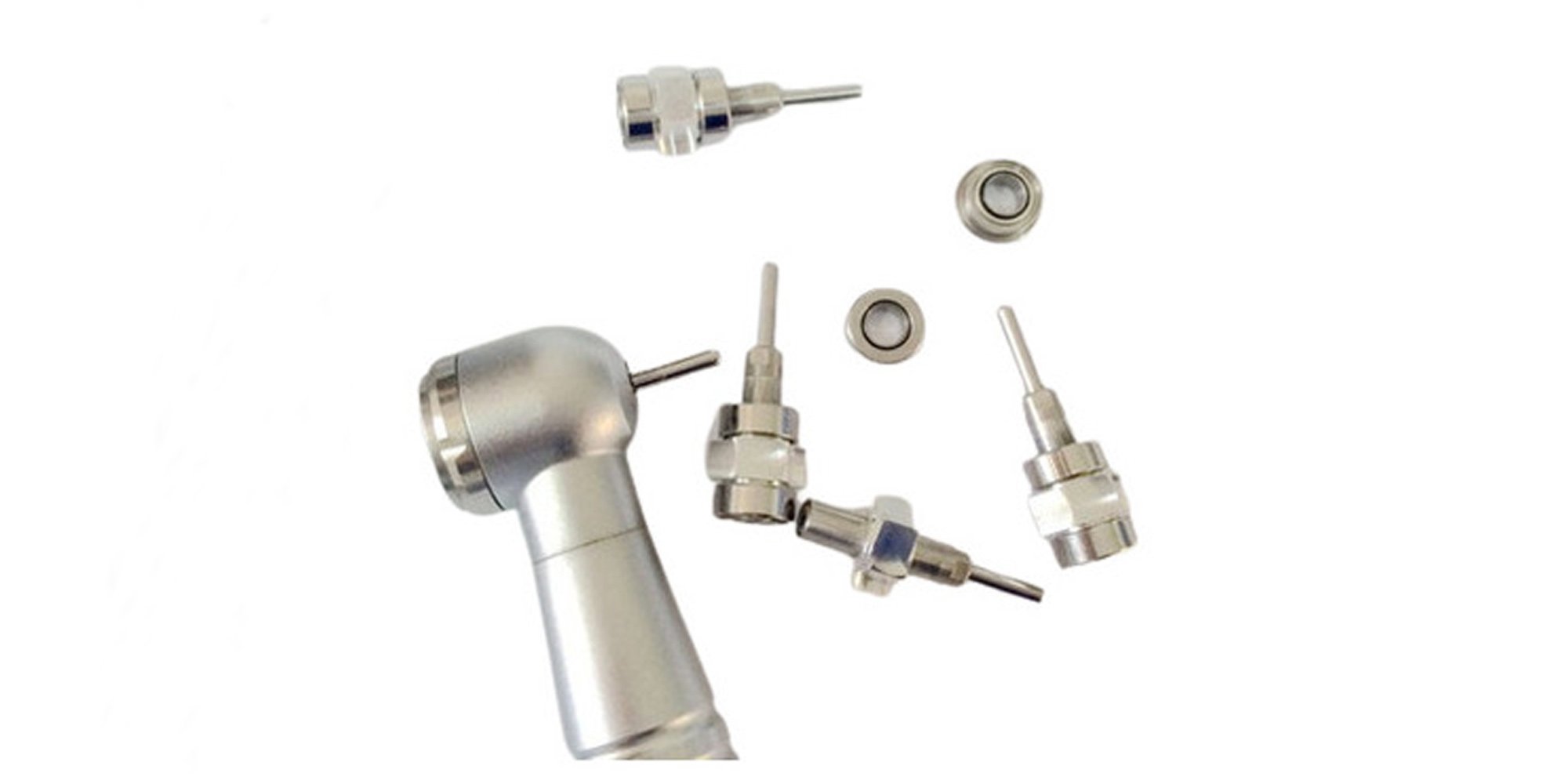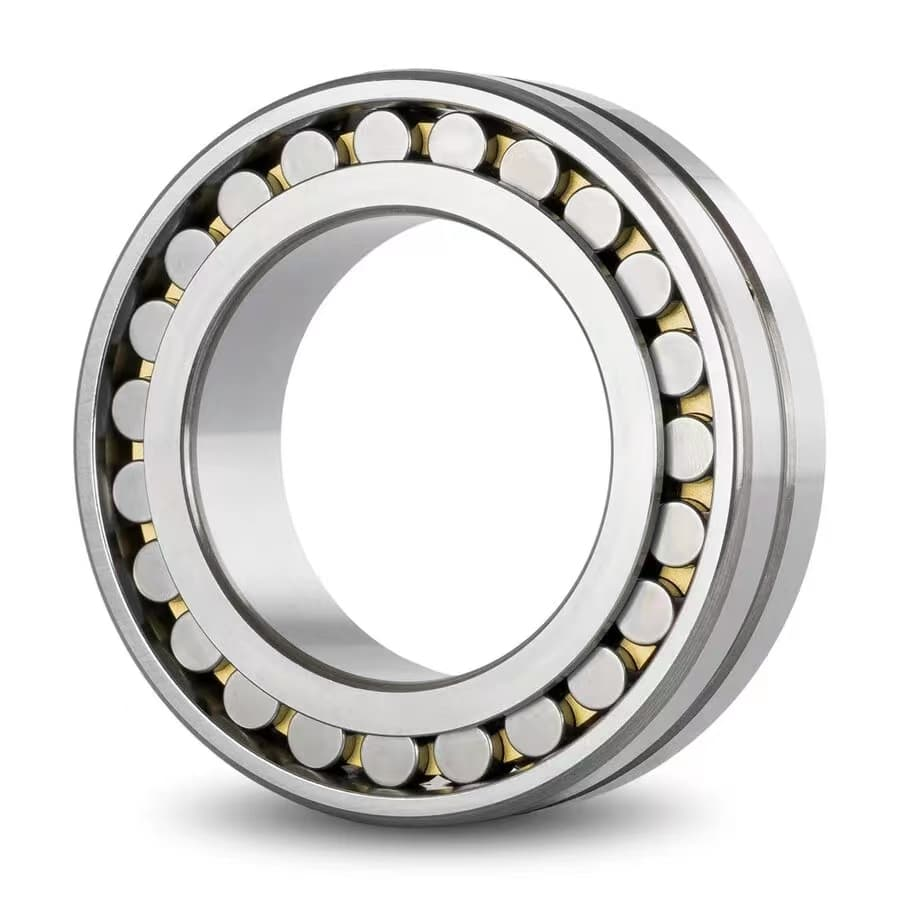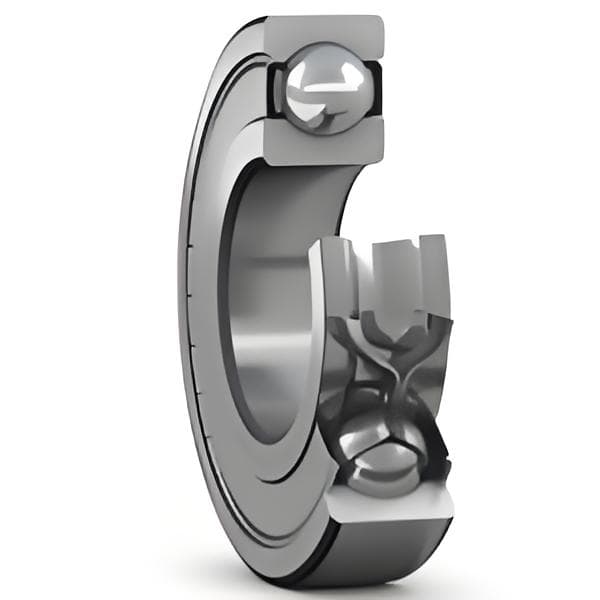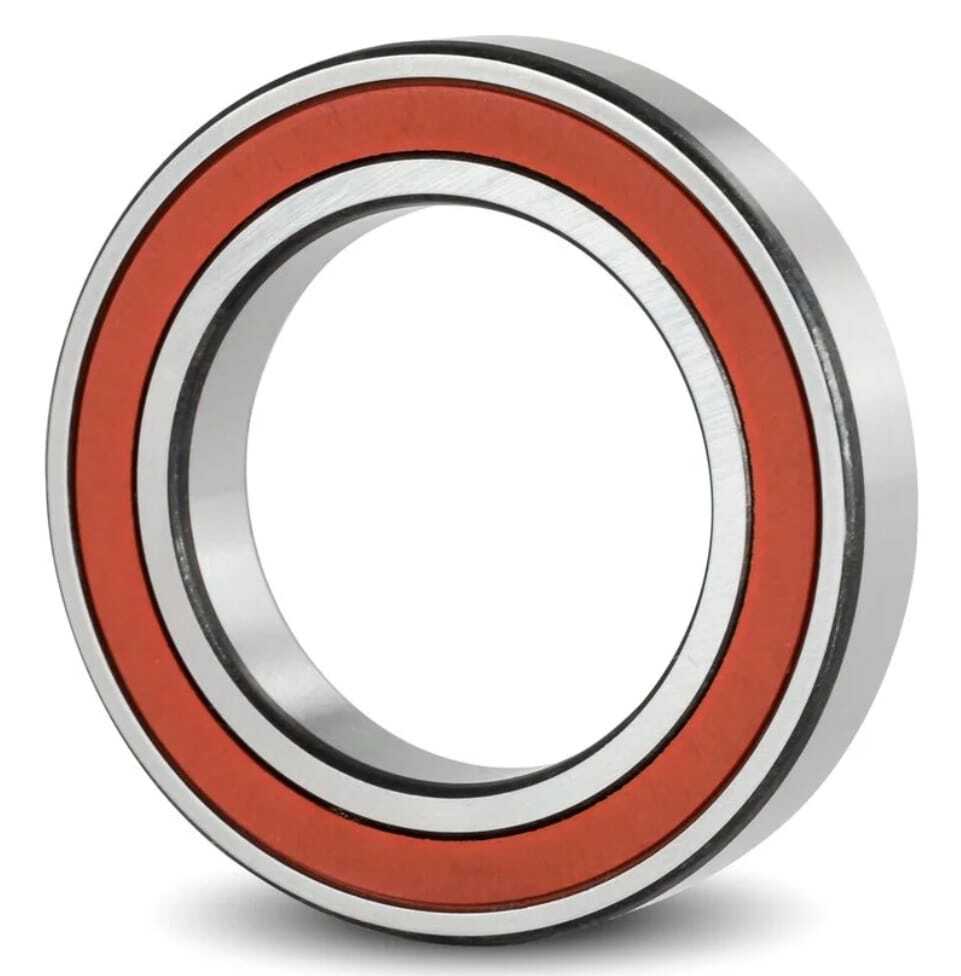Dental Bearings: Key Advantages
Dental bearings, though small, are vital in dental handpieces, crucial for effective and efficient procedures. These bearings offer significant...

Dental bearings are important for making dental tools work smoothly.
They help parts like drills and turbines spin, making procedures more precise and stable.
This blog explores the different types of dental bearings and helps professionals select the best ones for their tools.
Dental bearings are small parts in dental tools, like handpieces, that help drills and turbines spin smoothly.
They reduce friction, making the tools work efficiently and accurately during procedures.
Dental bearings are important for high speed dental handpieces, which spin at over 300,000 revolutions per minute (RPM).
The bearings help parts like the turbine or drill spin smoothly with less friction, ensuring precision and stability.
This allows the dentist to perform tasks like drilling, cutting, and polishing accurately and efficiently.
Dental bearings work by allowing smooth, controlled rotation of the moving parts in dental instruments, such as handpieces.
Dental bearings consist of small, rolling elements (like balls or rollers) that are positioned between two smooth surfaces.
As the parts of the handpiece rotate, these rolling elements reduce direct contact between the surfaces, which minimizes friction.
Dental bearings reduce friction, allowing parts like the turbine or drill to spin smoothly. This improves the tool's precision and prevents overheating and wear. The bearings help maintain stability and accuracy during dental procedures.
Stainless steel dental bearings are small, durable components used in dental instruments, especially handpieces.
Made from stainless steel, these bearings are designed to support the smooth rotation of parts like drills and turbines.
They are resistant to corrosion and wear, ensuring long-lasting performance in high-speed, high-pressure dental procedures.
Stainless steel bearings help reduce friction, improve precision, and maintain the efficiency of dental tools during treatments.
Stainless steel bearings are widely used in dental tools, especially handpieces, to ensure smooth and efficient operation.
They are found in high-speed handpieces like drills and turbines, allowing parts to rotate freely and accurately.
These bearings are also used in other dental tools like polishing equipment, surgical instruments, and orthodontic devices. Smooth movement is important in these tools for effective treatment.
Stainless steel bearings are durable and resistant to corrosion, making them great for use in dental clinics.
While they are not as wear-resistant at high speeds as ceramic bearings, they still work reliably for most dental tools.
Ceramic bearings are more durable and wear-resistant, especially at high speeds, but they are more expensive.
Stainless steel ball bearings are more affordable and last a long time with regular maintenance. They are ideal for dental handpieces that don’t run at extremely high speeds.

Ceramic dental bearings are made from ceramic materials, such as zirconia or alumina. They are used in dental instruments like handpieces.
These bearings have unique features that make them ideal for high-performance dental tools:
Ceramic bearings help make dental handpieces quieter during operation. Their smooth surface reduces friction, which leads to less vibration and noise.
This quieter operation improves the overall comfort for patients, making the treatment experience less stressful and more pleasant.
Ceramic bearings are more expensive. However, they are preferred in high-speed dental handpieces because they last longer and resist wear.
They can handle high speeds and heat without losing performance.
This helps the handpieces work better for longer, reducing repair costs and making ceramic bearings a smart choice in the long run.

|
Feature |
||
|
Material Composition |
Made entirely of ceramic (e.g., zirconia or alumina). |
Ceramic balls combined with stainless steel races. |
|
Performance |
Highly durable, wear-resistant, and precise. |
Durable and precise but with better load capacity because of steel races. |
|
Speed |
Excellent at high speeds because of low friction and heat resistance. |
They are also suitable for high-speed applications but are capable of handling higher loads. |
|
Precision |
High precision with smooth operation. |
High precision, but steel races can create slight friction compared to full ceramics. |
|
Longevity |
Longer lifespan because of the full ceramic structure, especially in high-speed use. |
Good lifespan, but may wear slightly faster at high speeds compared to full ceramics. |
|
Corrosion Resistance |
Excellent resistance to corrosion. |
Good resistance to corrosion, but not as high as full ceramic. |
|
Cost |
Generally more expensive because of the material. |
More affordable than full ceramic bearings. |
Angular contact dental bearings are designed to support both radial and axial loads.
They have a specific angle between the inner and outer rings. This design allows them to handle forces in multiple directions.
It makes them ideal for applications with combined loads, such as high-speed machinery and dental instruments.
Angular contact dental bearings are important in dental handpieces for maintaining precise alignment. They ensure smooth and accurate operation of the handpiece.
These bearings can handle both radial and axial loads. This stability improves performance during high-speed dental procedures.
These bearings help improve handpiece performance by making it more stable. They can handle both radial and axial loads, which keeps the tool spinning smoothly.
This reduces vibrations and makes the handpiece more precise. As a result, the handpiece works better, even at high speeds.
Radial dental bearings support the weight and forces applied sideways to the rotating part. In dental tools, they help components like drills and turbines rotate smoothly.
These dental bearings reduce friction and wear, helping the tools last longer and work more efficiently.
|
Feature |
Radial Bearings |
Angular Contact Bearings |
|
Load Type |
Primarily support radial loads (perpendicular to the shaft). |
Support both radial and axial loads (in multiple directions). |
|
Load Distribution |
Distribute the load evenly across the bearing surface. |
Distribute the load at a specific angle, allowing handling of combined forces. |
|
Suitability |
Best for applications where the load is mostly radial. |
Ideal for applications with both radial and axial loads. |
|
Performance |
Efficient at handling only radial loads but less effective under axial forces. |
Provide better stability and precision under mixed load conditions. |
Radial ball bearings are commonly used in dental handpieces. They are ideal for applications where the load is mostly radial, such as in the rotation of turbines and drills.
They help ensure smooth operation by reducing friction and wear, making them reliable for routine dental procedures.
Lubricated bearings have a coating that reduces friction, wear, and heat, making them run smoothly.
Non-lubricated bearings don't use any external lubrication and rely on the material itself to reduce friction and wear.
Lubrication helps bearings run smoothly by reducing friction. This allows them to move faster and last longer by preventing heat and wear.
Proper lubrication also protects bearings from rust and damage. Without it, bearings can overheat and wear out quickly, shortening their lifespan.
Lubricated bearings need regular maintenance to replace or add lubricant. This ensures their smooth operation and extends their lifespan.
Non-lubricated (sealed) bearings need less maintenance because they don’t require lubricant. The seal keeps dirt out, so they last longer without needing frequent checks or lubricant changes.
When choosing bearings, these factors matter
Choosing the right dental bearing is important for how well dental tools work during different procedures
Stainless steel bearings are good for everyday use with moderate speeds and loads.
Ceramic bearings are better for high-speed, precise tasks because they last longer and work smoothly.
Picking the right material based on speed and needs helps the bearing work better and last longer.
|
Bearing Type |
Lubrication |
Cleaning |
Inspection |
|
Stainless Steel Bearings |
Need regular lubrication to reduce friction and wear. |
Should be cleaned regularly to remove debris and prevent corrosion. |
Check for signs of wear or rust, especially in humid conditions. |
|
Ceramic Bearings |
Require less lubrication but benefit from occasional maintenance. |
Clean regularly; less prone to corrosion because of high resistance. |
Inspect for cracks or chips, as ceramic is more fragile than steel. |
|
Hybrid Bearings |
Require lubrication to reduce friction between steel races and ceramic balls. |
Regular cleaning is necessary, especially in high-speed use. |
Inspect both the ceramic balls and steel races for wear or damage. |
Here are some tips to extend the lifespan of dental bearings
Signs that dental bearings need replacement
Choosing the right dental bearing is important for the best performance and longer life of dental handpieces.
For any information about bearings, please contact LILY Bearing.

Dental bearings, though small, are vital in dental handpieces, crucial for effective and efficient procedures. These bearings offer significant...

Dental handpieces play an important role in dental procedures. Dental bearings ensure precise performance, extend the handpiece's lifespan, enhance...

Dental bearings play a vital role in dental handpieces, affecting their performance and lifespan. For dental professionals, it's important to...